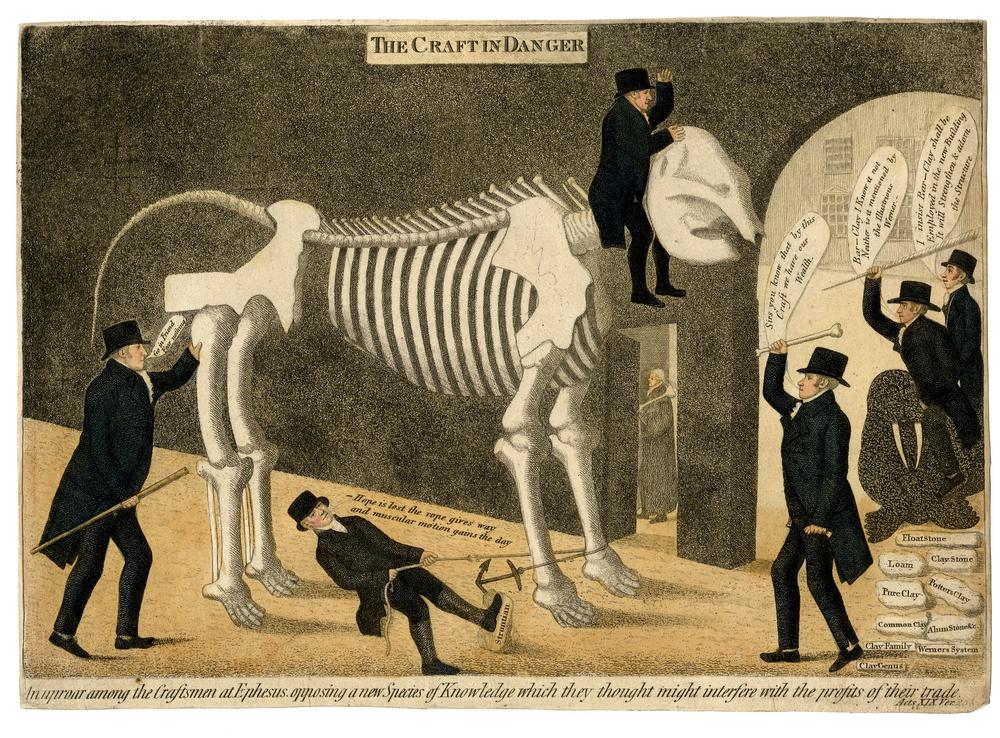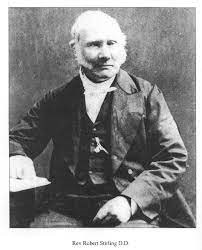Meet The Borrowers
The theme of the main exhibition this year at the Library of Innerpeffray has been “Innovation and Invention”. It was inspired by David Drummond, 3rd Lord Madertie, an innovator ahead of his time, when in 1680 he decided to share his collection of books by founding the first free public lending library in the UK, as well as a school, at Innerpeffray.
No doubt many of the ‘ordinary’ folk who borrowed books from Innerpeffray would go on to become innovators and inventors, in various fields and to greater or lesser degrees. Two such Borrowers, John Barclay and Robert Stirling, were chosen to be part of the 2022 exhibition.
John Barclay 1758 -1826
John Barclay was born 1758, at Cairn, near Drummaquhance, where his father, James, was a farmer. The family later moved to Strageath, just across the river from Innerpeffray. It was John’s uncle, also named John, who founded the Borean or Barclayan church sect in Edinburgh.
John was educated at the parish school of Muthill and in 1776 he went to the University of St Andrews to study divinity. He was a Borrower at Innerpeffray in 1777 and 1780. As well as preaching he acted as private tutor to the sons of Sir James Campbell of Aberuchill, whose daughter, Eleonora, he would marry in 1811. In 1789 he moved to Edinburgh with his pupils, where he became interested in the anatomical classes at the medical school. From that time on he devoted himself to medical studies and took the degree M.D. in 1796.
In 1797 he began to deliver private lectures on anatomy. His new anatomical nomenclature was published in 1803 and in 1806 he became a fellow of the Royal College of Physicians. In 1808 he published his work on the muscular motions of the human body and in 1812, a description of the arteries of the human body. Until 1825 he was delivering two complete courses of human anatomy each day, every winter session, and for several years, gave a summer course on comparative anatomy. He died in Edinburgh on 28th August 1826.
Books Borrowed:
23rd June 1777 2 vols. William Robertson – ‘ The History of the Emperor Charles V’
20th September 1777 Vol. 1 William Temple – ‘The Works of William Temple’
23rd May 1780 James Ferguson – ‘Astronomy explained upon Sir Isaac Newton’s principles’

Robert Stirling 1790 – 1878

Robert Stirling was born 1790, at Cloag, near Methven, where his family farmed. The Stirlings were part of an extended family, mostly tenant farmers, whose farms were to be found between Perth and Stirling. By the time Robert was born the family had introduced new farming methods, new crops which had been bred to produce higher yields and new types of machinery.
At the age of 15, Robert went off to Edinburgh to study for a Master of Arts degree. He does not appear to have graduated but, in those days, this was not a requirement for extra study or ordination. In 1806 he borrowed two books from Innerpeffray in June and one in the July. It may be that his visit to the library coincided with a visit to Stirling family relations who were at that time tenant farmers at Innerpeffray Mains Farm. Members of this family were already regular borrowers at Innerpeffray.
In 1809 he was accepted by Glasgow University as a student of divinity for another four years, before returning to Edinburgh for a further year. He continued his divinity studies until 1815, when he was licensed as a probationary minister by the Presbytery of Dumbarton. On 19th September 1816 he was ordained as a suitable minister for the second charge at Laigh Kirk, Kilmarnock.
On the 26th September 1816, he lodged his application to patent the “Stirling air engine”, later known as the “Stirling heat exchanger”. Robert and his brother James went on to patent further engines some of which have been adapted over the years to power cars, computer chip coolers, portable refrigerators and more recently used in the solar power sector.
He married in July 1819 and in 1823 he moved his wife and young family to Galston, Ayrshire, where he would remain Minister for 52 years. He had a workshop built beside the Manse where he continued with his engine work. He also became interested in making telescopes, under the tutelage of his friend Thomas Morton.
Robert died at Galston on 6th June, 1878.
Books Borrowed:
10th June 1806 Count de Buffon ‘Natural History, general and particular’ Vol. 5
Edward Gibbon ‘The History of the Decline and Fall of the Roman Empire’
23rd July 1806 William Robertson ‘History of America Volume the First’

Gillean Ford
